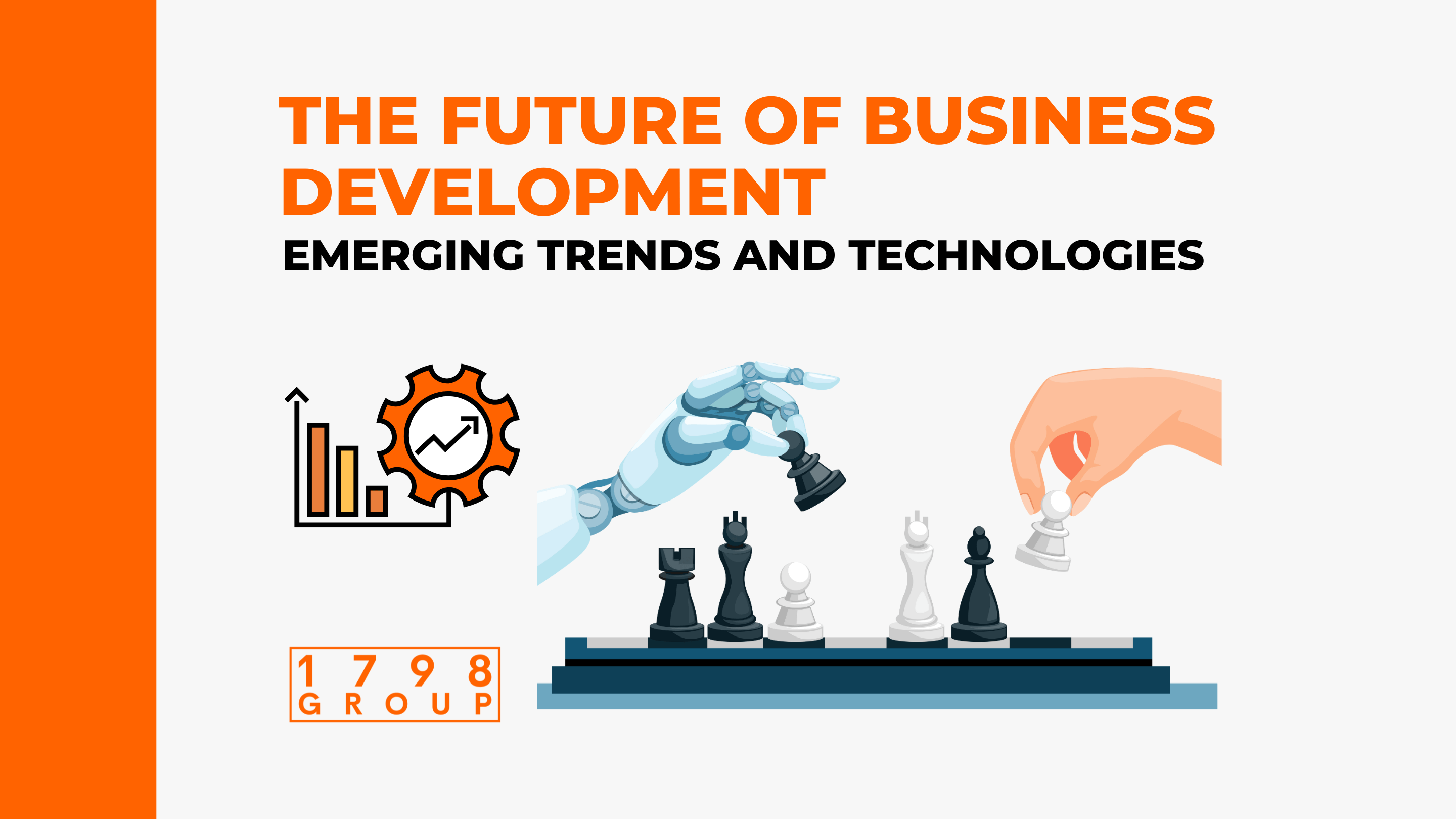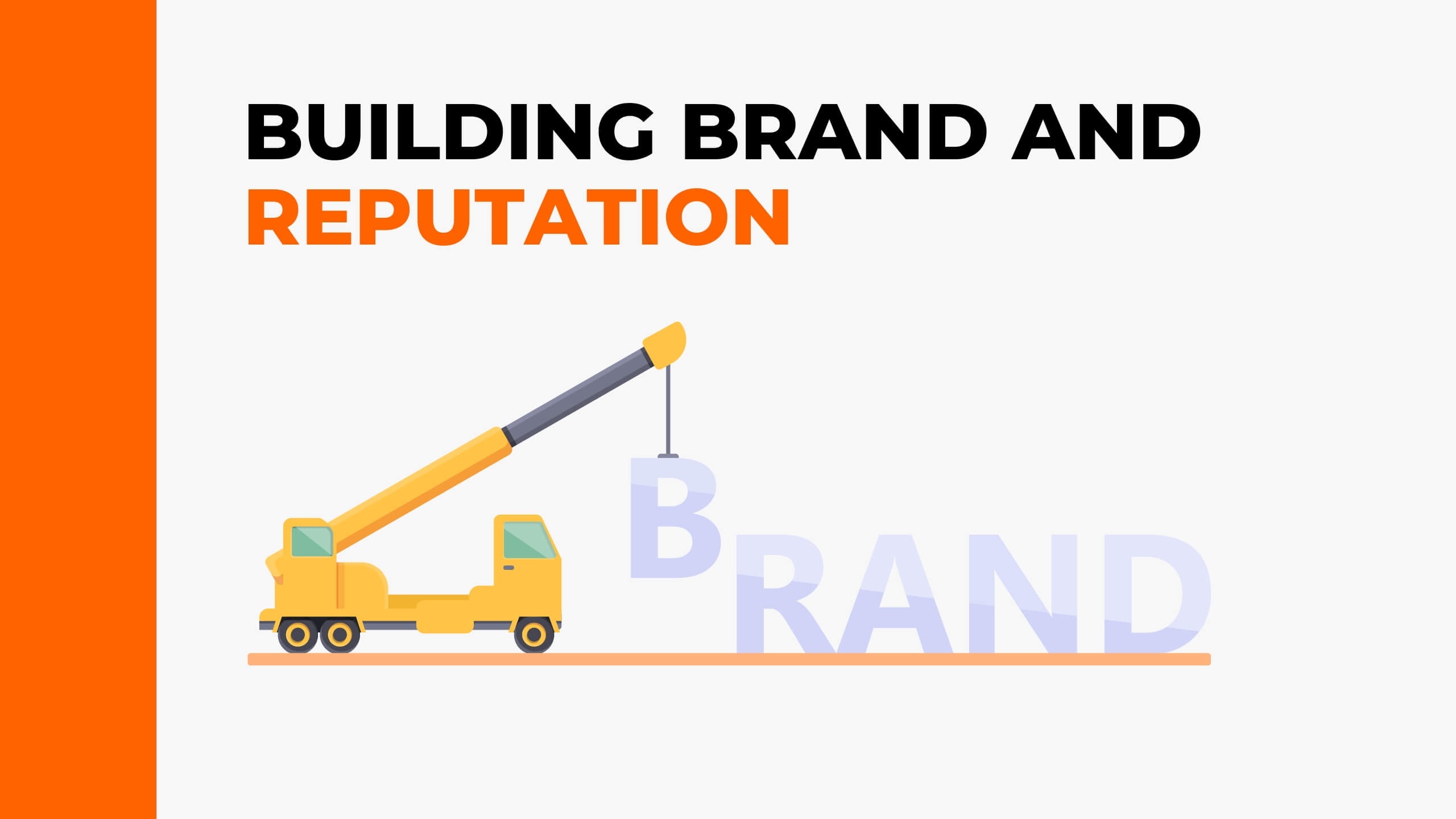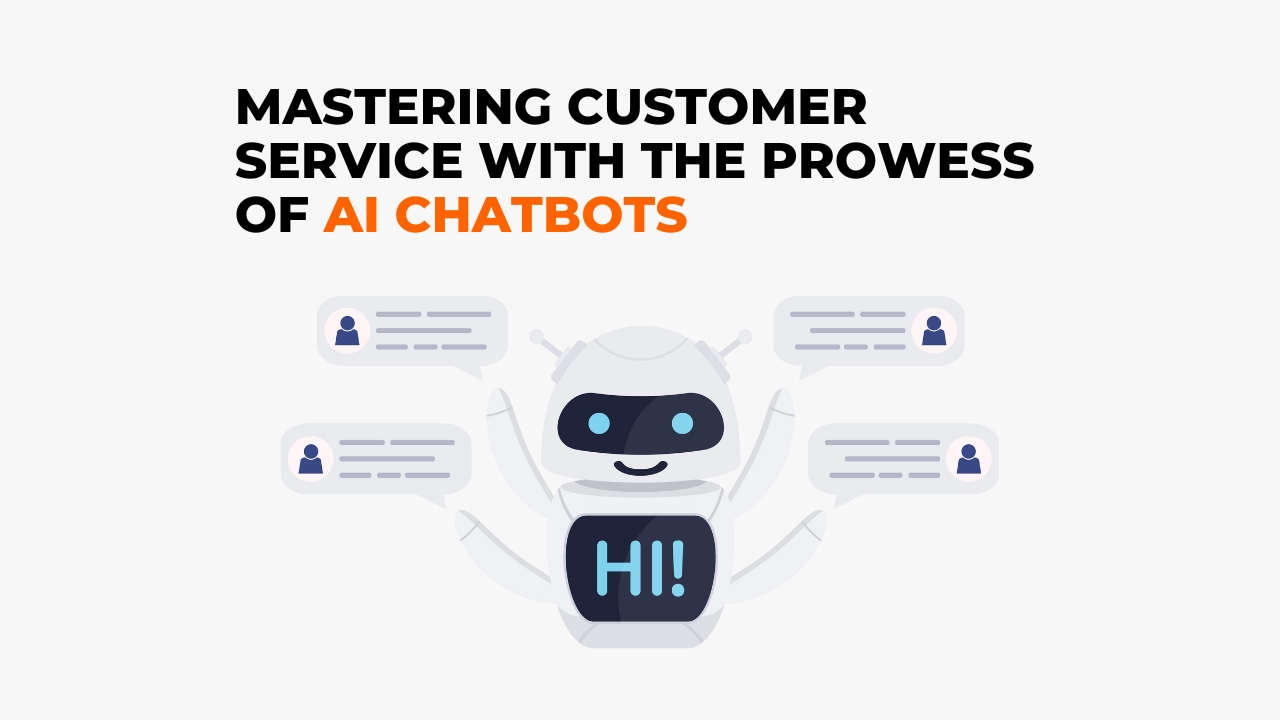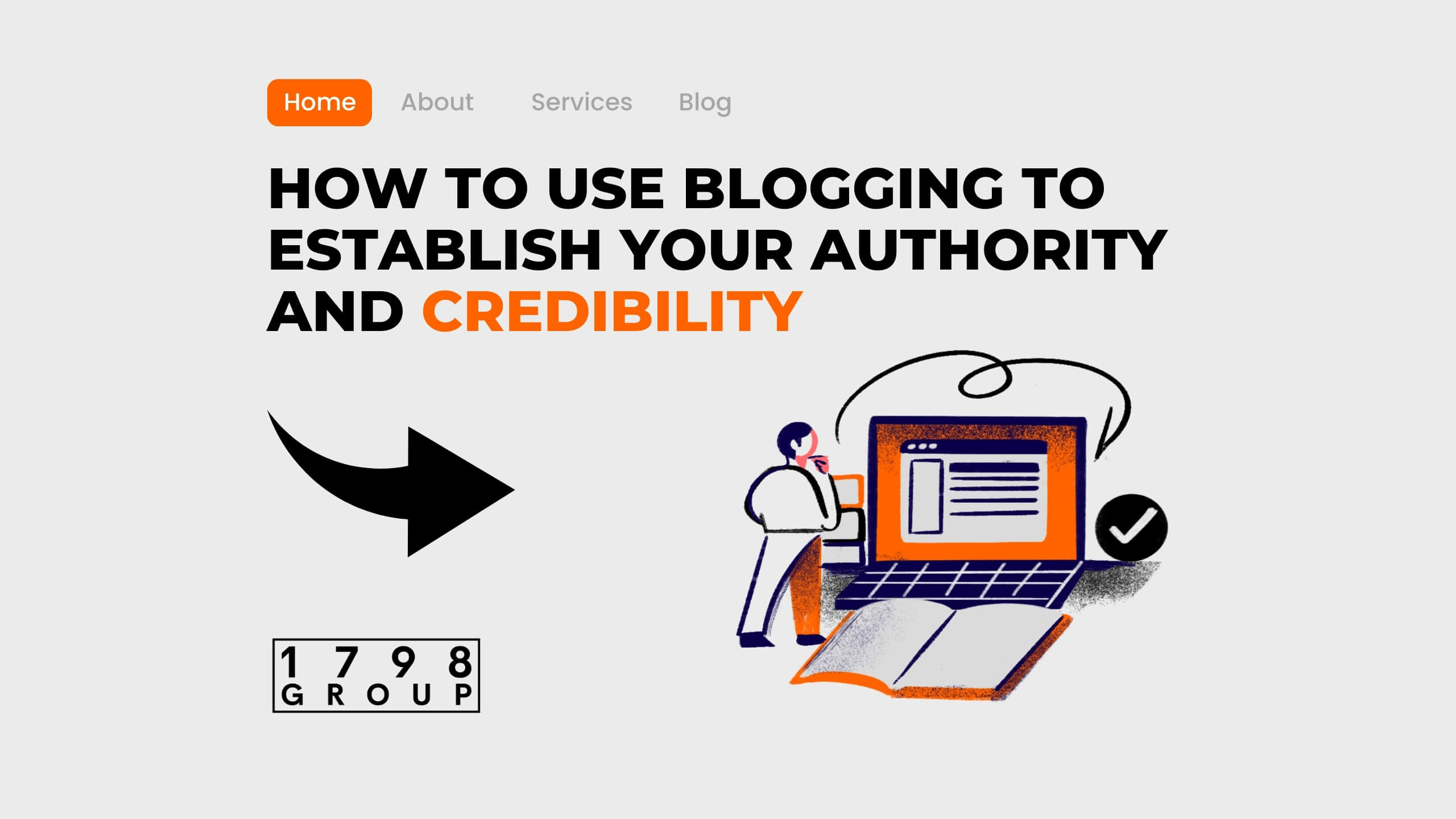
I. Introduction
Brief Overview
In the rapidly evolving business landscape, staying ahead of the curve necessitates an in-depth understanding of emerging trends and technologies. Businesses today are far from static entities; they are vibrant, adaptive organisms shaped by the transformative power of innovation. From artificial intelligence to blockchain technology, from the burgeoning concept of a circular economy to the revolution of remote work, every element is driving businesses to reimagine traditional operational models.
This evolution not only propels industries forward but also fundamentally shifts how they interact with customers, employees, and the environment. The purpose of this article is to delve into these trends and technologies, providing insight into the future trajectory of business development. In the sections that follow, we will unpack each of these areas, illuminating how they can be harnessed to foster growth, drive efficiencies, and create a sustainable future.
Purpose of the Blog
The goal of this blog post is to shed light on the cutting-edge trends and technologies transforming the landscape of business development. As the pace of change accelerates, it’s more crucial than ever for businesses to stay abreast of these developments. This will not only allow them to remain competitive but also to seize new opportunities, improve efficiency, and deliver more value to their customers.
This blog is intended to serve as a guide, offering readers a comprehensive understanding of the key factors shaping the future of business. We aim to provide practical insights that businesses can utilize to navigate their journey successfully in this era of rapid technological advancement and changing business practices. Whether you’re a seasoned business professional, a budding entrepreneur, or simply a curious reader, our aim is to equip you with a robust understanding of the changing dynamics in the world of business development.
II. The Technological Transformation
Artificial Intelligence and Machine Learning
Artificial Intelligence and Machine Learning are driving a technological revolution across various industries. These technologies have moved beyond the realm of theoretical potential to tangible application and are poised to have an even more profound impact in the future.
Enhancing Operational Efficiency
Artificial Intelligence and Machine Learning’s ability to automate routine and complex tasks has significantly boosted operational efficiency. They have expedited processes that were once time-consuming and labor-intensive, reducing human error, improving accuracy, and increasing output.
For instance, in the manufacturing sector, AI-powered robots can automate assembly lines, reducing production time and improving precision. In the financial industry, AI and ML help automate data analysis, report generation, and risk assessment, freeing up valuable human resources for strategic decision-making tasks.
Moreover, machine learning algorithms can learn and improve over time, increasing their efficiency and accuracy as they gain more experience. This ongoing learning process further enhances operational productivity and reduces the need for human intervention.
Improving Customer Experience
In the age of digital transformation, customer expectations are constantly evolving. AI and ML play a crucial role in helping businesses adapt to these changing needs and deliver enhanced customer experiences.
Through AI and ML, businesses can offer personalized experiences to their customers by analyzing past behavior, purchasing habits, and preferences. For instance, AI algorithms can generate personalized product recommendations, leading to increased customer satisfaction and loyalty.
Additionally, AI-powered chatbots and virtual assistants are transforming customer service. They can handle numerous customer queries simultaneously, offer instant responses, and provide 24/7 support, greatly improving customer experience and enhancing brand reputation.
Predictive Analytics and Forecasting
The predictive capabilities of AI and ML are game-changers for strategic business development. These technologies allow businesses to analyze vast amounts of data, identify patterns, and make accurate forecasts.
With predictive analytics, businesses can anticipate customer behavior, market trends, and potential risks, enabling them to strategize effectively. It helps in inventory management by predicting product demand, preventing overstock or understock situations. Similarly, in marketing, predictive analytics can help forecast customer response to campaigns, enabling optimization of marketing strategies.
Furthermore, AI and ML enable predictive maintenance in industries like manufacturing and transportation. By predicting machinery breakdowns before they occur, businesses can prevent costly downtime, enhancing efficiency and profitability.
Internet of Things (IoT)
The Internet of Things (IoT) is an emerging technology that is transforming the business landscape by connecting everyday objects to the internet, enabling them to send and receive data. This technology is paving the way for smarter businesses that can monitor, analyze, and leverage this data to improve operations, products, and customer experiences.
Unprecedented Data Generation
The fundamental promise of IoT lies in its capacity for unprecedented data generation. By connecting devices and systems in an IoT network, businesses can gather vast amounts of data in real time. This data can include anything from usage patterns of a smart device, temperature readings from a shipping container, to the foot traffic in a retail store.
This continuous stream of data provides a level of visibility and insight into business operations that was previously unimaginable. It allows for real-time monitoring, which can help businesses respond swiftly to changes or issues, significantly improving operational efficiency and decision-making processes.
Product Development & Customer Service Optimization
The data collected through IoT devices is also invaluable for product development and customer service. By understanding how customers use their products, businesses can make informed decisions about product features, design improvements, and new offerings.
For example, a software company could use data from its application to understand which features are most used, helping them to prioritize their development efforts. Similarly, a fitness tracker company could analyze user data to identify trends and needs that could inspire new product ideas.
On the customer service front, IoT can play a pivotal role in proactive service and support. Devices can signal when they need maintenance or replacement, allowing businesses to resolve issues even before the customer is aware of them. This not only enhances the customer experience but also helps businesses manage their resources more efficiently.
Future Integration and Benefits
As IoT technology matures and becomes more integrated, the potential benefits for businesses are enormous. From creating smart workplaces that monitor and adjust energy use, to developing intelligent supply chains that optimize routes in real-time, the possibilities are vast and varied.
Moreover, as more businesses adopt IoT, there will also be advancements in data security and privacy. This will help overcome one of the significant challenges currently facing the implementation of IoT and further drive its integration into all aspects of business operations.
In the future, IoT will not just be about connecting devices but about building a connected business ecosystem that can adapt and respond in real-time. It will be about creating a dynamic, data-driven business environment that can accelerate growth, drive innovation, and enhance the customer experience.
Blockchain and Cryptocurrencies
Blockchain and cryptocurrencies have been buzzwords in the world of technology for the last decade, primarily associated with financial transactions and investment opportunities. However, the potential applications of these technologies extend far beyond the realm of finance, offering transformative possibilities for businesses across various industries.
Blockchain Beyond Finance
Blockchain technology offers a secure, transparent, and decentralized way of recording transactions, making it a powerful tool for many business applications beyond finance.
For instance, in supply chain management, blockchain can bring an unprecedented level of transparency and traceability. Every stage of a product’s journey can be recorded on the blockchain, allowing businesses, suppliers, and customers to track the product’s lifecycle. This not only helps in ensuring the authenticity of products but also enhances accountability in the supply chain.
Moreover, blockchain technology can revolutionize contract management through the concept of smart contracts. These are self-executing contracts with the terms of the agreement directly written into code. They automatically execute transactions when the predefined conditions are met, reducing the need for intermediaries and increasing the efficiency and reliability of business agreements.
Cryptocurrencies as a Mode of Transaction
Cryptocurrencies, underpinned by blockchain technology, are increasingly being recognized as a viable mode of transaction. Businesses are starting to accept cryptocurrencies like Bitcoin and Ethereum for their goods and services, opening up new markets and opportunities.
Accepting cryptocurrencies can provide several benefits for businesses, including lower transaction fees, faster transaction times, and access to a global customer base. Additionally, it can offer an extra level of privacy for customers who prefer to keep their transactions anonymous.
Future Applications and Integration
As blockchain technology and cryptocurrencies mature, their integration into everyday business operations will become more commonplace. Businesses will continue to discover new applications for these technologies, from managing digital identities to securing intellectual property rights.
In terms of cryptocurrencies, as regulatory frameworks around them get more defined and their acceptance grows, they may become as common as traditional fiat currencies in business transactions.
The future of business development will be significantly influenced by blockchain technology and cryptocurrencies. Companies that can understand and leverage these technologies will be better positioned to innovate, streamline operations, and enhance trust and transparency with their customers and partners. Blockchain and cryptocurrencies are no longer just a futuristic concept; they are here to redefine the way businesses operate.
The Paradigm Shift in Business Practices
The Rise of the Circular Economy
As we shift our focus from the technological transformation to a fundamental shift in business practices, one concept stands out – the circular economy. This paradigm shift is redefining how businesses think about the life cycles of their products and services, pushing the boundaries of sustainability, innovation, and customer engagement.
The Transition from Linear to Circular
Traditionally, most businesses have operated on a linear model: extract resources, manufacture products, use them, and finally, dispose of them. This ‘take-make-waste’ model is not only unsustainable but also economically inefficient.
The circular economy offers an innovative and sustainable alternative. It involves designing products and systems in a way that minimizes waste and makes the most of resources. This can include practices such as designing products for longevity, using renewable or recyclable materials, and creating sharing platforms to maximize product use.
The transition from a linear to a circular economy is not just a matter of rethinking product design; it requires a complete overhaul of business models. It means considering the entire life cycle of a product, from design to end-of-life, and finding ways to close the loop.
Economic and Environmental Impact
The circular economy has the potential to deliver significant economic and environmental benefits. On the economic front, it offers opportunities for innovation, job creation, and competitiveness. It can open up new markets, create more resilient supply chains, and drive cost savings through improved resource efficiency.
From an environmental perspective, the circular economy can significantly reduce waste and lower carbon emissions. By keeping products and materials in use for as long as possible, it minimizes the demand for new resources and reduces the environmental impact associated with extraction and disposal.
The Role of Businesses
Businesses play a crucial role in driving the transition to a circular economy. They are at the forefront of designing and delivering products and services that meet the principles of circularity. They can influence not only their own operations but also their entire supply chain and customer behavior.
Businesses can drive the circular economy by adopting sustainable practices such as waste reduction, recycling, and renewable energy. They can also foster innovation, creating new business models that promote sharing, leasing, or selling used goods.
Furthermore, businesses have a role to play in educating and engaging consumers about the circular economy. By demonstrating the benefits of circular products and services, businesses can inspire customers to make more sustainable choices.
Conclusion
In the face of rapid technological advancements and evolving business practices, the future of business development is both exciting and challenging. Technologies like Artificial Intelligence, Machine Learning, IoT, and Blockchain are not only disrupting traditional business operations but also creating new avenues for growth and innovation.
At the same time, the shift towards a more sustainable and customer-focused business model is becoming increasingly imperative. The rise of the circular economy signifies a transformative shift in our economic structure, with businesses playing a central role in driving this change.
These emerging trends and technologies present both opportunities and challenges for businesses. To thrive in this dynamic landscape, businesses will need to be agile, innovative, and willing to embrace change. They will need to keep a keen eye on emerging trends, invest in new technologies, and make sustainability a core part of their business model.
The future of business development will be characterized by constant transformation. Businesses that can navigate this evolving landscape with agility and foresight will be the ones that succeed in creating a sustainable and prosperous future. As we look ahead, one thing is clear: the only constant in the future of business development will be change. Embracing this change will be the key to unlocking new opportunities and achieving lasting success.



